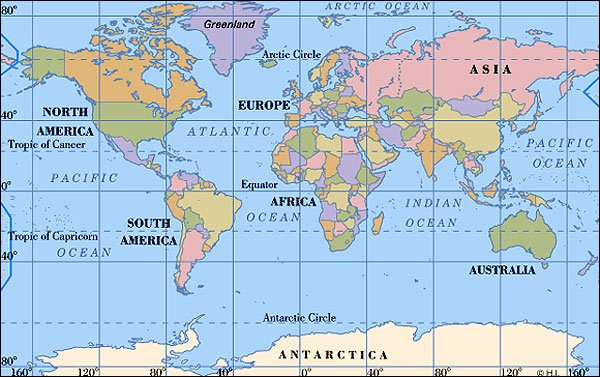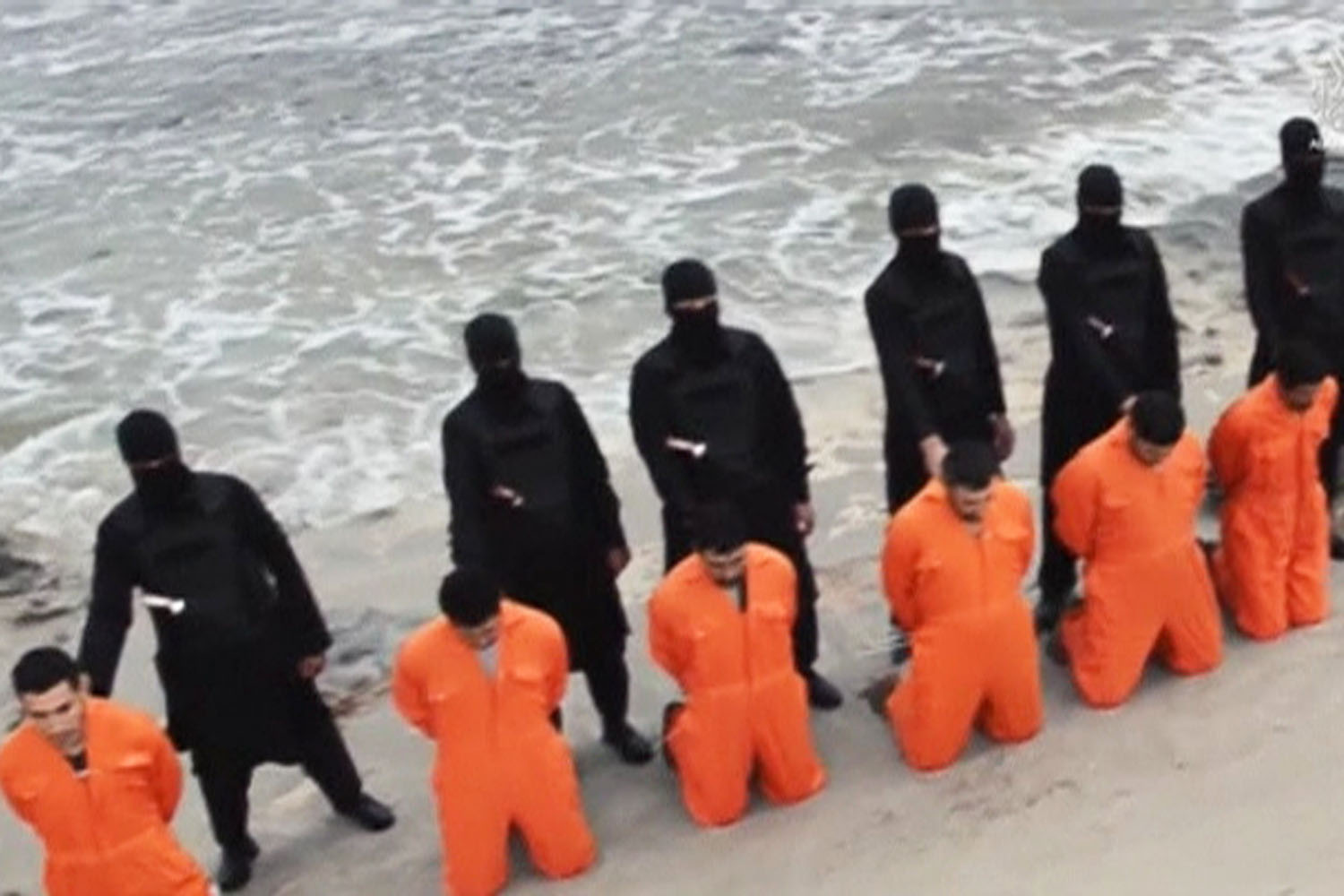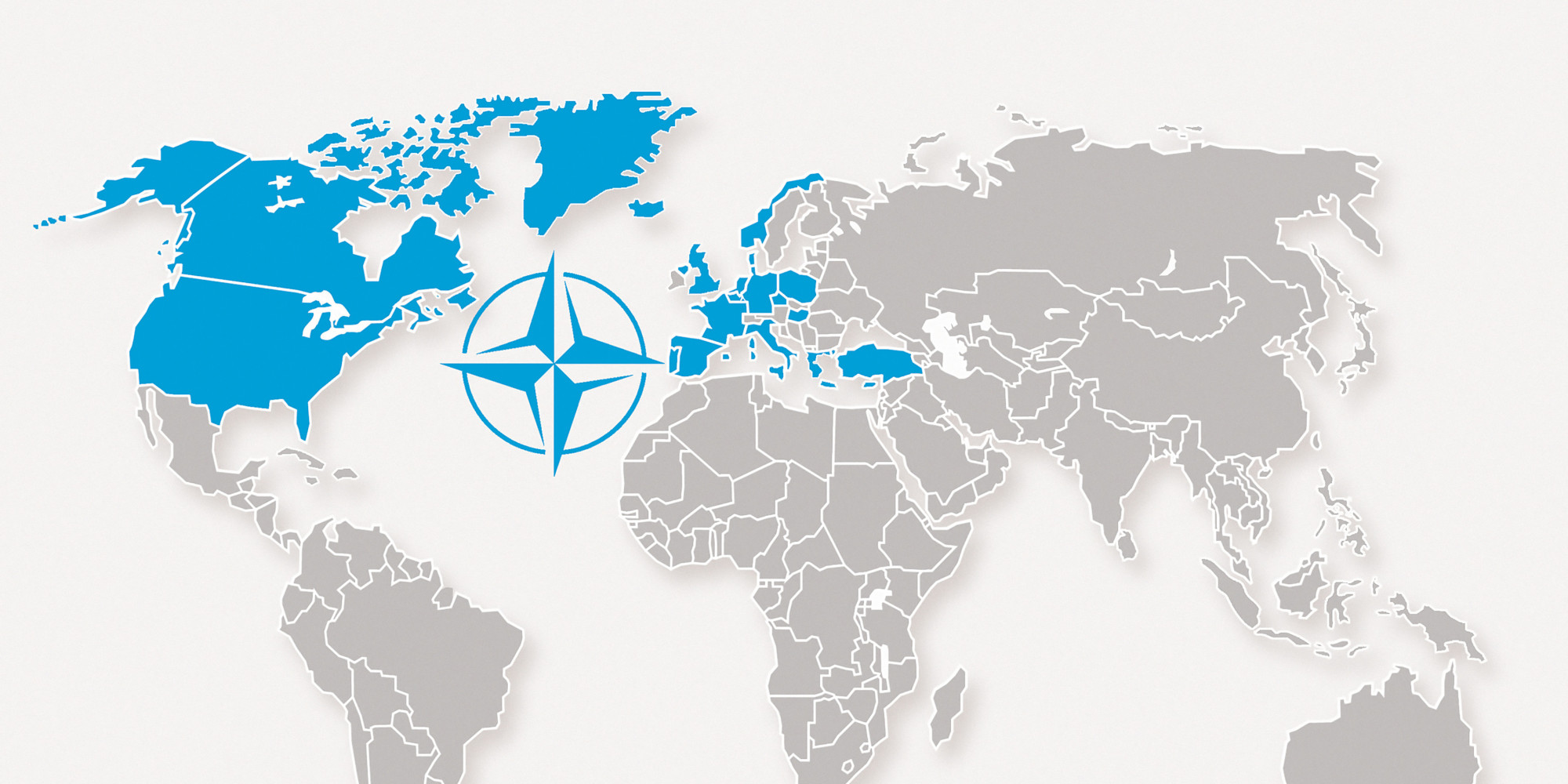[captionpix align=”left” theme=”elegant” width=”320″ imgsrc=” http://www.international.gc.ca/iwglobal/utilities/FileProcessor.aspx?file=/media/assets/images/Baird_Iran_Scrum.jpg&version=20120907154928″ captiontext=” Minister of Foreign Affairs announces closure of Canada’s embassy in Iran.”]
Canada’s cutting of diplomatic ties with Iran, together with the storming of embassies across the Middle East, North Africa, and Asia, sparked a discussion concerning the value of maintaining formal diplomatic relations. Mostly, debate centred on the benefits of communication channels and intelligence collection, and the potential costs of placing Foreign Service officers in danger for the sake of seemingly fruitless talk.
There has also been a discussion of how new developments have affected the cost/benefit calculation of maintaining diplomatic missions. This debate has largely focused on advances in communications technology, from satellite communications to social media, as the key changes in modern diplomacy. In reality however, advances in communications have facilitated and accelerated broader developments in modern diplomacy, not started them.
To be sure, most writers are fully aware of this and generally they allude to these trends. However, for the most part these crucial developments have not been outlined clearly. Moreover, their relationship to technological advances, and the combined impact of these trends on the costs and benefits of maintain formal embassies have not been directly discussed, leaving a gap that needs to be addressed.
Diplomatic Evolution
Diplomacy has existed for as long as separate human groups have communicated with one another, but the stationing of state ambassadors and the protection of diplomatic immunity were first established among the Italian city-states of the 15th century. Throughout, its practice has centred on maintaining communication, gathering intelligence, and conferring legitimacy upon other political actors, but the roles and methods of diplomats have nevertheless evolved, particularly from the early 20th century forward.
While a great deal of discussion has focused on advances in communications, other evolutions have in fact been more important. Key developments include the “democratization” of diplomacy (a term coined by British diplomat and writer Harold Nicolson), and the expansion of the diplomatic sphere to include non-governmental groups and individuals.
The democratization of diplomacy occurred as legislative bodies, such as Canada’s Parliament or the US Congress, and the wider public, began to take a greater interest in international affairs after the First World War. Another part of the process was that diplomacy was conducted more and more by conference among top decision makers (i.e., G8/G20 summits). Meanwhile, many non-governmental entities, including businesses and civil society groups, among others, became a more prominent part of the diplomatic sphere.
The Impact of Change
Often, these evolutions have a two-edged impact. For example, to some democratization has aided efforts to maintain peaceful, stable relations among states, by exposing the details of international deliberations and agreements, thereby restraining the excesses of the executive branch of government. For others it has seemed a danger, placing serious matters of war and peace under the influence of the uninitiated. Consider the costs of Chinese policy on the Diaoyu/Senkaku islands dispute coming to be driven by anti-Japan protests. As Joseph Nye points out, extreme nationalism likely holds the greatest potential for dangerously escalating that conflict.
This restraint and danger have both been enhanced by the expansion of the diplomatic sphere. Non-governmental organizations, businesses, and individuals have sought to make their voices heard and gain influence over diplomats and decision makers. In the other direction, diplomats have worked to engage civil society in order to communicate their governments’ policies, influence perceptions, gather intelligence, and confer a degree of political legitimacy onto favoured non-state actors, although it is important to note that contacts with such groups can be restricted by host governments. To be frank, if diplomats are caught talking with the wrong people, they can simply be expelled.
The Role of Technology
The real evolutions have been democratization and expansion of the diplomatic sphere. However, technology has played an increasingly important role in facilitating and accelerating those processes.
Summits and global affairs are brought home in real time, while direct links among all groups – decision makers, diplomats, publics, etc. – allow all actors to evaluate events in real-time. Widespread access to communications platforms also allows groups and individuals to produce “news” in real time: the traditional “gatekeepers” have been circumvented. On the one hand, this alleviates governmental dependency on single-source information, and frees publics from the narrow messaging of governments. On the other, some news groups and individuals are inevitably uninformed, biased, or extremist, and are fully capable of spreading falsities to the wider public, increasing the danger of conducting diplomacy at the mercy of the masses.
Meanwhile, social media can link embassy staff directly with civil-society groups, mitigating diplomats’ restrictions to formal channels. The role of such platforms in the ‘Arab Spring’ in particular raises the potential for employment of social media as a means to connect with civil-society groups. It should be noted that the effectiveness of this approach can be undermined by host governments’ control over platforms, and their ability to track dissent online, although according to Andreas Sandre, the US has begun to protect dissenters abroad by making it harder to track them through their online activity.
[captionpix align=”left” theme=”elegant” width=”320″ imgsrc=” http://shanghaiist.com/attachments/shang_kenneth/anti-japanese-protests.jpg” captiontext=” Chinese anti-Japan protest.”]
The Current State
On the surface, these developments decreased the benefits of maintaining permanent embassies. The trend toward summitry and the potential for direct head of state to head of state communications seemingly erode the role of embassies in negotiations, while the potential for governments to communicate with other nations’ publics digitally seems to remove the necessity of embassies as a base for communication with those publics. To reference the Iranian case, it must at least be asked whether the costs of maintaining an embassy are worth the risk to diplomats. As Philip N. Howard points out, the potential for “virtual embassies” to facilitate those public links are real, while high-level contacts are (presumably) still possible on a case-by-case basis.
In reality though, this is not the case. While summits provide excellent photo-ops, much of the real negotiation is conducted by foreign services over time. For example, while the International Atomic Energy Agency board’s recent rebuke of Iran over its nuclear programme required some final tweaking, the resolution was the product of both days of intense negotiations and months of ongoing diplomatic efforts.
Meanwhile, the accessibility of electronic links, social media platforms or otherwise, means that there is a much greater risk of false information being spread. As Karen Melchior notes, knowing whether the person posting information online is reliable or not is extremely important. Determining that without ever being ‘on the ground’ seems challenging to say the least.
Furthermore, an effective diplomatic service can reduce the dangers of opening of the diplomatic sphere to (potentially) uninitiated publics, and by the proliferation of advanced communications technology. Without a diplomatic presence on the ground, governmental and public assessments of ongoing protests across the Arab world, or of policy or scientific developments in Iran’s nuclear quest, would be restricted to information gleaned from debate within the news media – potential covert intelligence capabilities notwithstanding.
In short, recent evolutions in diplomacy and in technology have changed the diplomatic sphere, and the way that actors within it communicate, but the necessity of having diplomats on the ground has not been erased. The costs and benefits of maintaining a permanent mission are, of course, different in every case, and must be calculated accordingly. However, when performing that calculation, the continuing importance of diplomatic presence must be remembered.
**Author’s Note – This article draws work by several much more knowledgeable thinkers: Sir Harold Nicolson, Diplomacy, 1939; Hamilton and Langhorne, “Diplomacy Transformed and Transcended,” in The Practice of Diplomacy: Its Evolution, Theory, and Administration, 1995; Steven Livingstone, “The New Media and Transparency,” in Cyber-diplomacy in the 21st Century, Evan Potter (ed.).




